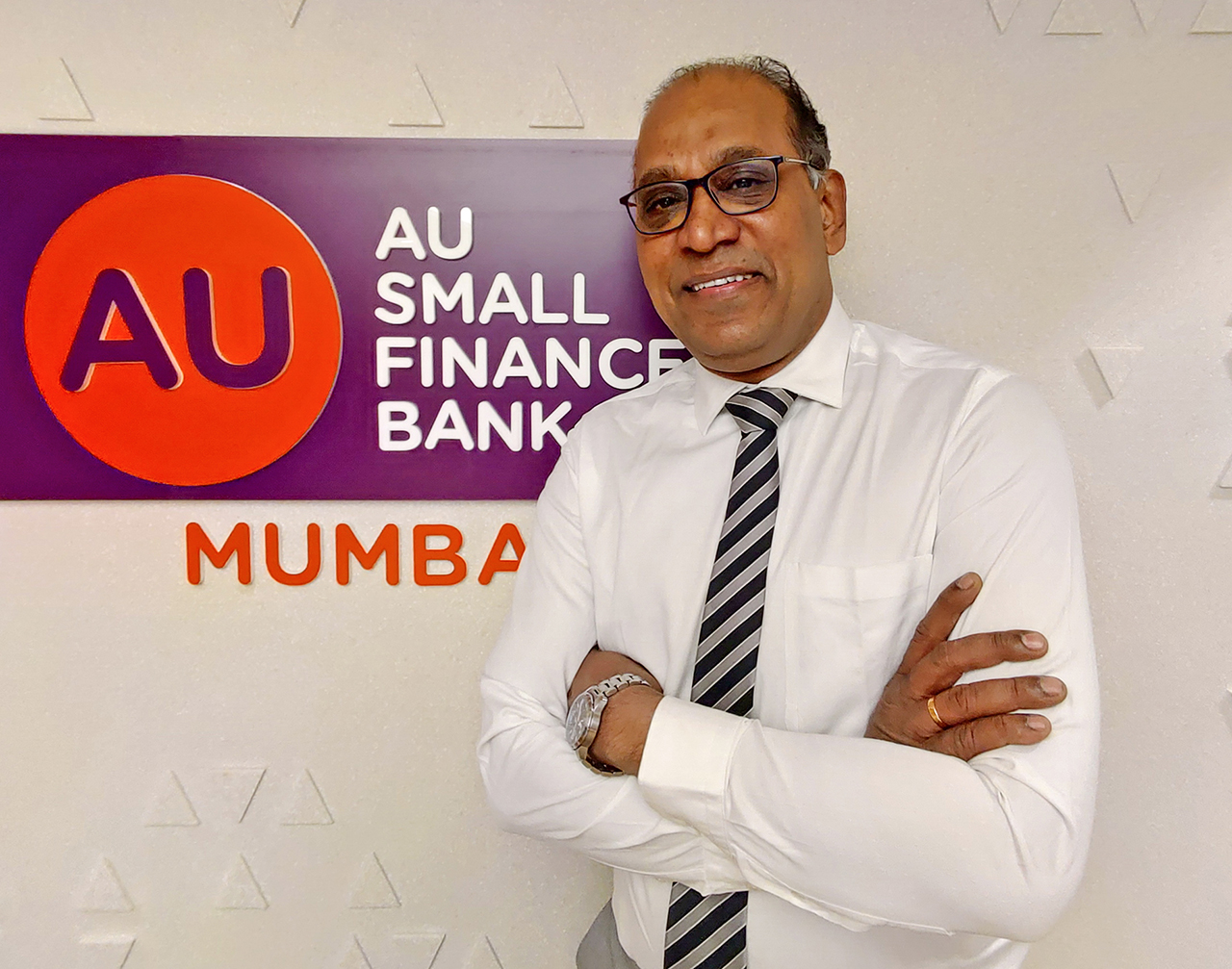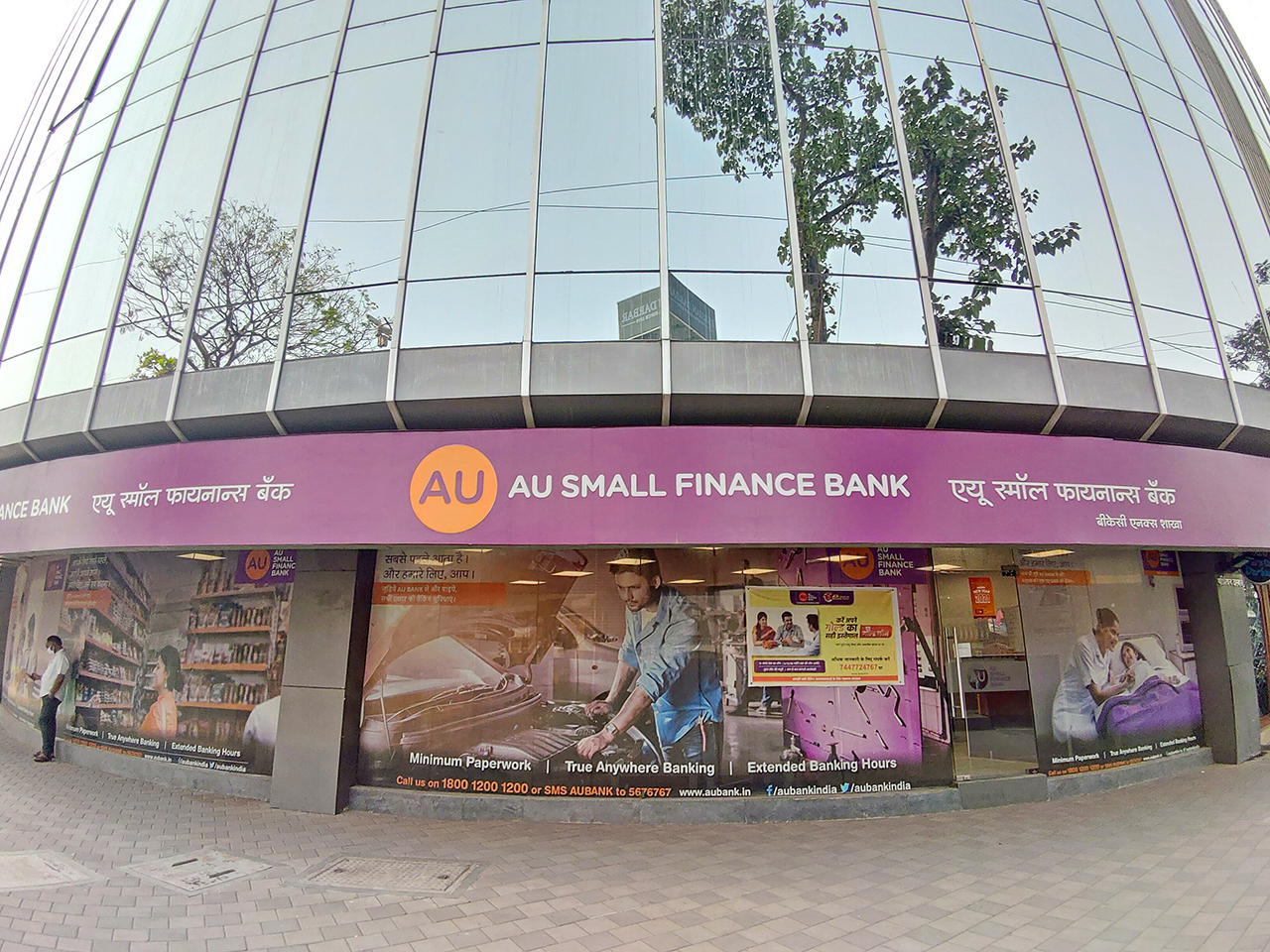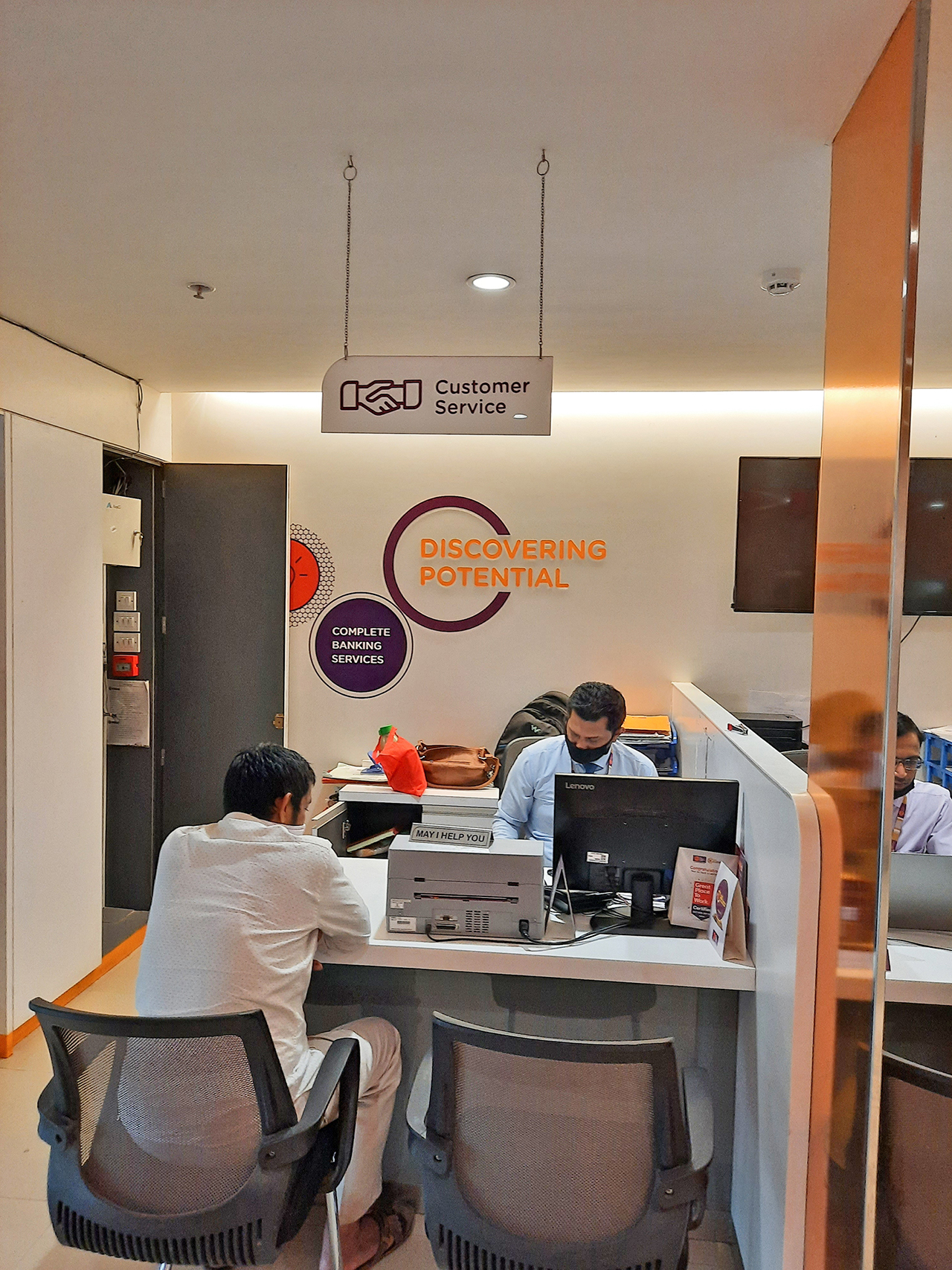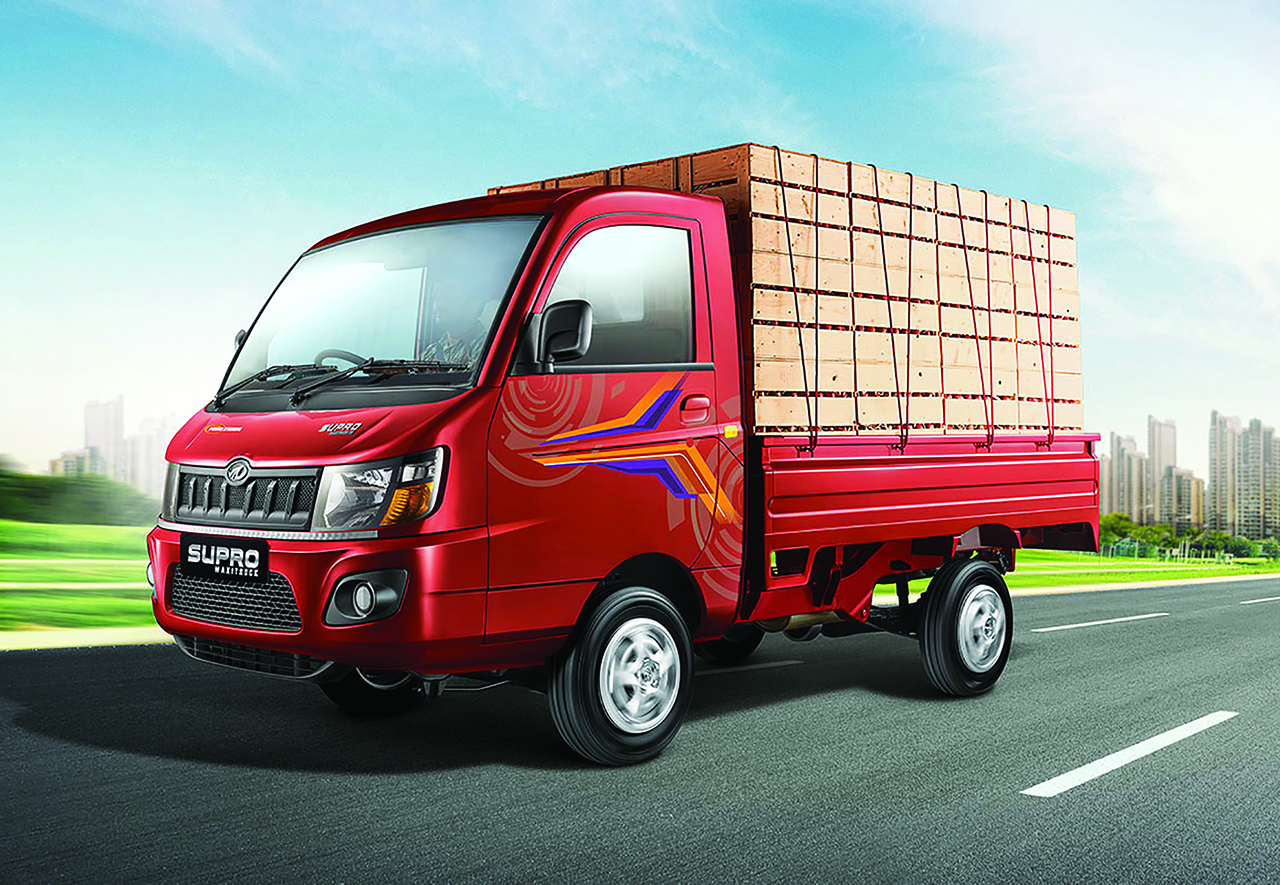AU Small Finance bank is working towards keeping rural spending aligned with the SCV sector, especially in COVID times – both during and after. Speaking to N Balasubramanian, Bhaskar Karkera, Chief of Wheels, AU Small Finance Bank, explains how the Scheduled Commercial Bank, a fortune 500 company, plans to grow further in the CV space beyond its 728 banking touchpoints across the country and touching many more lives positively
A vehicle financier plays an important role in the commercial vehicle ecosystem yet interestingly from behind the scenes. And in the CV sector, without financial aid, a vehicle sale cannot materialize.

AU Small Finance Bank with Rs. 5,403 cr. as its net worth, was originally founded as an NBFC about 25 years ago. In 2015, when the Reserve Bank of India floated applications for licenses for opening small finance banks, AU sought out the opportunity and in 2017, AU became a small finance bank.
Excerpts from the interview:
Please do share the journey of AU Small Finance Bank since 2017.
We consider becoming a bank from being a small NBFC a key achievement. In the last 3 years, we have built a robust deposit base of over Rs. 29,708 cr. and a strong lending base of about Rs. 33,222 cr. The momentum and trend continue to grow. Earlier on, we were essentially into financing of small commercial vehicles like pick-ups when compared to personal cars, this continues to remain our expertise even now.
Over the recent months, we stayed in touch with our customers to get a feel of how they were perceiving the pandemic situation, if they were hopeful. Since, ~70% of our customers are based in rural India, and in turn, mostly associated with agricultural activities, we noticed that they were perhaps less fearful than the people from the metros. We witnessed less sense of despondency in them. And the reality was that we had to keep our customers’ spirits high as much as we worked to keep our own spirits high.
The initial months of the lockdown were difficult. However, by May, with agricultural movement becoming better, the overall situation also became better and by the following festival season in late 2020, the market trend started picking up.

How about the big CVs vs small CVs?
Trucks have always been directly proportional to how the GDP moves. It depends on how primary and how bulk movement happens. How movement of raw material to finish goods, to warehouse, and how secondary and tertiary transportation happens, that has always been the business model. We have always been doing small CV’s and will continue to do so, and at an appropriate time we’ll also consider doing HCV’s.
What are your average monthly disbursements and how much of used vehicles do you finance as well?
We disburse approximately Rs. 900 cr. finance on an average, of which 55% is for new vehicles and 45% is for used vehicles.
Is there a reason that you have deliberately kept away from financing fleet owners?
There are a number of reasons that includes large exposure, low returns, heavy dependency on one person. Hence we do not focus on this sector much. We continue to keep single-owner customers as our core service.
How do you support first time vehicle buyers? And how do you ensure that you are supporting the right kind of customers and that you get back your loans?
In the vehicle business, we look to finance either a standard asset, a good equity from the customer or choose a good profile. We always opt for standard asset which means a reputed brand.
Then in the earn-and-pay segment, we check the customer’s background, his previous work and also the fact that the person is buying a reputed brand vehicle – all this makes for a decent profile. He may be receiving finance for the first time but the fact is that he is buying a standard model, with a standard equity or standard LTV (loan to value). That is how we support the first-time buyer.

What would you count as your USPs against other competitors?
Our initial years as an NBFC has taught us to plan and strategize and work under different circumstances. Having learnt all of that, now that we have become a bank, it gives us a better advantage. We know the rural topography very well. We continue to focus on our profile, application and geography coordinates. Now, the advantage in the last 3 years has been that as a bank, we have a better reach to other profiles as well. If earlier, it was only the commercial earn-and-pay, now even a salaried person or a self-employed person falls within our business interest.
Becoming a bank gives us a lead, in addition to our experience and knowledge pertaining to the domain. This also gives us more points of preference.
How would you define your association with the OEMs and the dealerships across?
Our association with OEMs and dealerships are close knit. They are the ones with whom we talk to regularly and the entire team interacts with them. We glean information from the OEMs on their plans for the month, if they want displays to be put up outside our bank branches, or any particular booster scheme that we may both decide to push. So, OEM and vehicle dealers are an integral part of our workflow.
Besides the passenger car segment, you also talk about tractors, construction equipment, and also the small commercial space, with dealers everywhere – be it cities, tier one, two, or three, and now even rural areas too. How do you ensure AU’s penetration in all these segments?
Firstly, we open a branch only where there’s a dealer. Typically, at a grassroot level, it is a dealer-to-dealer mapping. This ensures complete coverage, including that of the geography, and the profile. For example, if there are 2000, dealers, then we would broadly have 2000 dedicated personnel who will deal with each one of them or sometimes may be 2 dealers. And, those brands who are popular with deep rural customers get a chance of better penetration.
All brands across different verticals, different industries including automotive are now targeting rural India because that is where the next explosion of development in terms of availability of disposable income is concentrated. What kind of roadmap do you have, being a company who is a rural-focused financial solution provider? What kind of a potential have you identified for the rural part of our country? And how do you AU Small Finance Bank supporting this growth of rural India?
We have been in rural India and are growing with the rural part of the country. We have witnessed the development of better roads, the rural segment gaining access to electricity, water, better agriculture methods, better MSP and better overall literacy along with more money in hand. This strategy of being there and growing with them will continue, yet we will be able to service cities because as a bank we also get access to them.
The city and the liability franchisee are our developing plan and our rural business is our developed plan. We will continue to harness both the segments. Whatever we have learnt from being a NBFC, we retain that knowledge, experience and intelligence. And as a bank we add trust, funds, more and better customer acquisition. All this together keeps the wheels running the way it has been and with the bank it only gets better.

How is the business share when you compare metros and non-metros?
Broadly, you can say about 65-70% comprises of semi-urban and rural business.
How do you see this figure changing say by 2030?
We are already working across half the country while the entire country is a good opportunity businesswise. We are currently in 50% of the states. Vehicle business will remain big, with popular brands, especially those ones which are a hit with the rural customers. And we would not be surprised with the way rural India is being focused on.
What are your medium- to long-term growth and expansion plans? Any new areas, sectors, segments that you are eyeing?
Agri equipment blends into our ecosystem, since we are in the rural segment and that is something that we will continue to build on. On the construction equipment side, we are only looking at backhoe loaders because their operations spreads to the rural segment and it works for us. At an appropriate time with M&HCV or any suitable opportunity that may come up, we may explore it. With the product range we have, we feel it is a steady strategy for another couple of years.